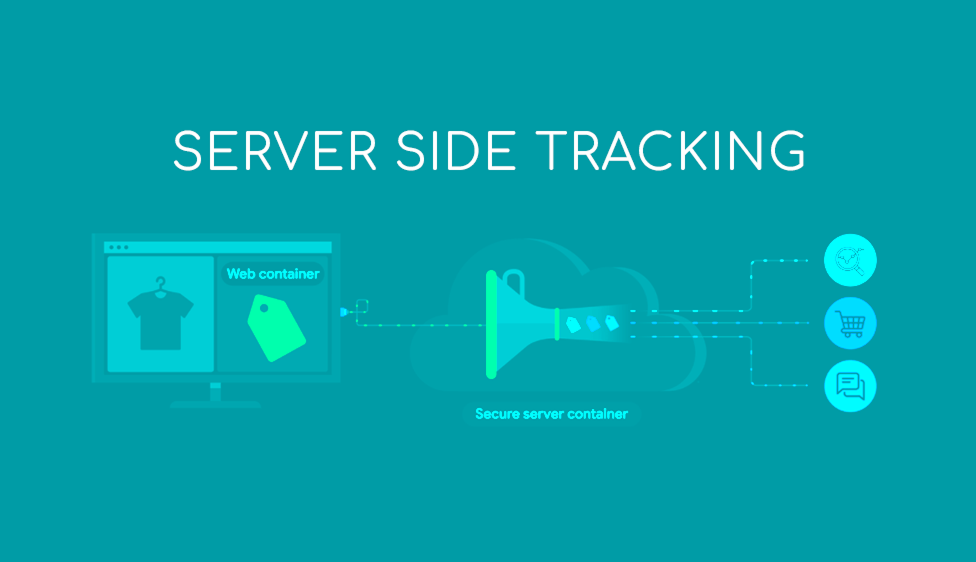As digital landscapes evolve, businesses face increasing challenges in maintaining accurate analytics and ensuring data privacy compliance. Traditional tracking mechanisms are often hindered by browser-level restrictions and privacy regulations, which directly impact user experience and data collection. This blog explores how DataQuark implemented Server-Side GTM to tackle these challenges and achieve remarkable outcomes.
Challenges in Traditional GTM Implementation
- Data Privacy Compliance : The rise of stringent data privacy regulations like GDPR and CCPA has created the need for businesses to handle user data securely and transparently. Traditional GTM setups lack the advanced controls required to filter and sanitize data effectively, exposing businesses to legal risks and penalties.
- Tracking Blockers : Modern browsers implement features like Intelligent Tracking Prevention (ITP) and Enhanced Tracking Protection (ETP), making it increasingly difficult to capture accurate analytics. Ad blockers further exacerbate data loss, leading to incomplete insights.
- Server Load Issues : Client-side tracking scripts significantly impact website performance by slowing page load times. A slower website not only hurts user experience but can also result in higher bounce rates and reduced conversions.
DataQuark’s Approach to Implementing Server-Side GTM
Faced with these challenges, DataQuark devised a strategy to leverage Server-Side GTM. This involved migrating critical tracking functionalities from the client side to a cloud-hosted server container, ensuring data privacy, accuracy, and site performance. Here’s how it was done :
- Setting Up Server-Side GTM : The LS team transitioned key tags, such as analytics and conversion pixels, from client-side implementations to a server-side GTM container hosted on a secure cloud platform. This step minimized the reliance on browser-based tracking while allowing data collection to continue without interference from blockers.
- Data Sanitization : To comply with privacy regulations, the team configured the server container to filter, process, and sanitize user data. Only necessary data was forwarded to analytics platforms, ensuring that personally identifiable information (PII) was excluded. This built trust with users while meeting regulatory requirements.
- Custom Event Routing : The server-side architecture was optimized to route events only to relevant destinations, such as Google Analytics and ad platforms. This streamlined data flow, reducing redundancy and enhancing overall efficiency.
The Outcome
After implementing Server-Side GTM across various client projects, DataQuark observed significant improvements :
- Improved Data Accuracy : By bypassing browser-level restrictions and ad blockers, data loss was minimized. On average, clients saw a 25% increase in captured events, providing more reliable insights for decision-making.
- Faster Site Performance : With reduced dependency on client-side scripts, website page load times improved by 15%. This not only enhanced user experience but also contributed to better search engine rankings and engagement metrics.
- Enhanced Privacy Compliance : The ability to control and process data securely at the server level ensured compliance with global privacy laws, reducing the risk of penalties and fostering user trust.
Why Server-Side GTM Matters
In today’s privacy-focused world, server-side tracking provides a robust alternative to traditional client-side setups. It offers :
- Greater data reliability : Shielding tracking mechanisms from browser-based limitations.
- Stronger compliance : Enforcing strict data privacy policies at the source.
- Improved performance : Shifting workloads from the client to the server.
Conclusion
The implementation of Server-Side GTM by DataQuark showcases how businesses can overcome the growing challenges of data privacy compliance, tracking blockers, and performance bottlenecks. By migrating to a server-side setup, DataQuark not only ensured better data accuracy but also enhanced privacy safeguards and site performance, delivering measurable benefits to its clients.
If you’re considering upgrading your tracking infrastructure, Server-Side GTM might just be the game-changer you need.
 Loading Please Wait...
Loading Please Wait... Loading Please Wait...
Loading Please Wait...